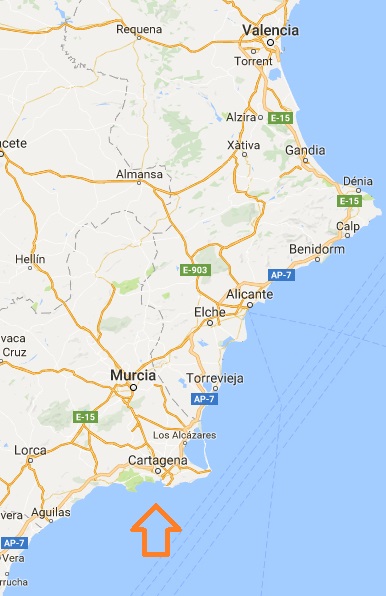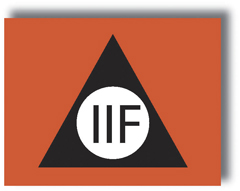Technical University of Cartagena, Spain — October 12 – 14, 2017
Deadline for abstract submission: May 31, 2017
http://www.medifas.net/Cartagena_2017/index.html
Call for Papers
Researchers are invited to attend this three-day mini-symposium and to submit papers for presentation on applications and developments of MRP Theory and related topics.
Please send abstracts and papers to Professor Dr Marija Bogataj, marija.bogataj@guest.arnes.si, by May 31, 2017 (abstracts) and by September 15, 2017 (papers), at the latest.
This Mini-Symposium is organised by the Mediterranean Institute for Advanced Studies (MEDIFAS) and the International Society for Inventory Research (ISIR) jointly with Universidad Politécnica de Cartagena (UPCT).
The event marks the twentieth anniversary of the first mini-symposium on MRP Theory (Storlien, Sweden, 1997).
Organisation Committee
Maria Victoria de la Fuente, Universidad Politécnica de Cartagena (UPCT)
Marija Bogataj, Mediterranean Institute for Advanced Studies (MEDIFAS)
Scientific Committee
Attila Chikán, International Society for Inventory Research (ISIR)
Robert W. Grubbström, Mediterranean Institute for Advanced Studies (MEDIFAS)
Lorenzo Ros McDonnell, Universidad Politécnica de Cartagena (UPCT)
Conference Fee
The Conference Fee is € 120, which covers two lunches, one dinner and PrePrints/Handouts.
MRP Theory
Transform methods combined with Input-Output Analysis have been applied for the sake of formulating theoretical descriptions of Material Requirements Planning (MRP) and related formulations concerning divergent material flow systems (transportation, distribution) and systems encompassing recycling. The transform approach has had a fourfold use, (i) it has been useful for describing time developments of the relevant production, demand and inventory properties in a compact way including effects of lead times, (ii) the transform also captures stochastic properties when needed by functioning as a generating function, (iii) it is easily applied for evaluating the resulting cash flows when adopting the Net Present Value principle, and (iv) it can be used for evaluating risk preference functions with constant absolute risk aversion, a combination having been applied in a variety of areas.
More information: http://www.medifas.net/Cartagena_2017/index.html




